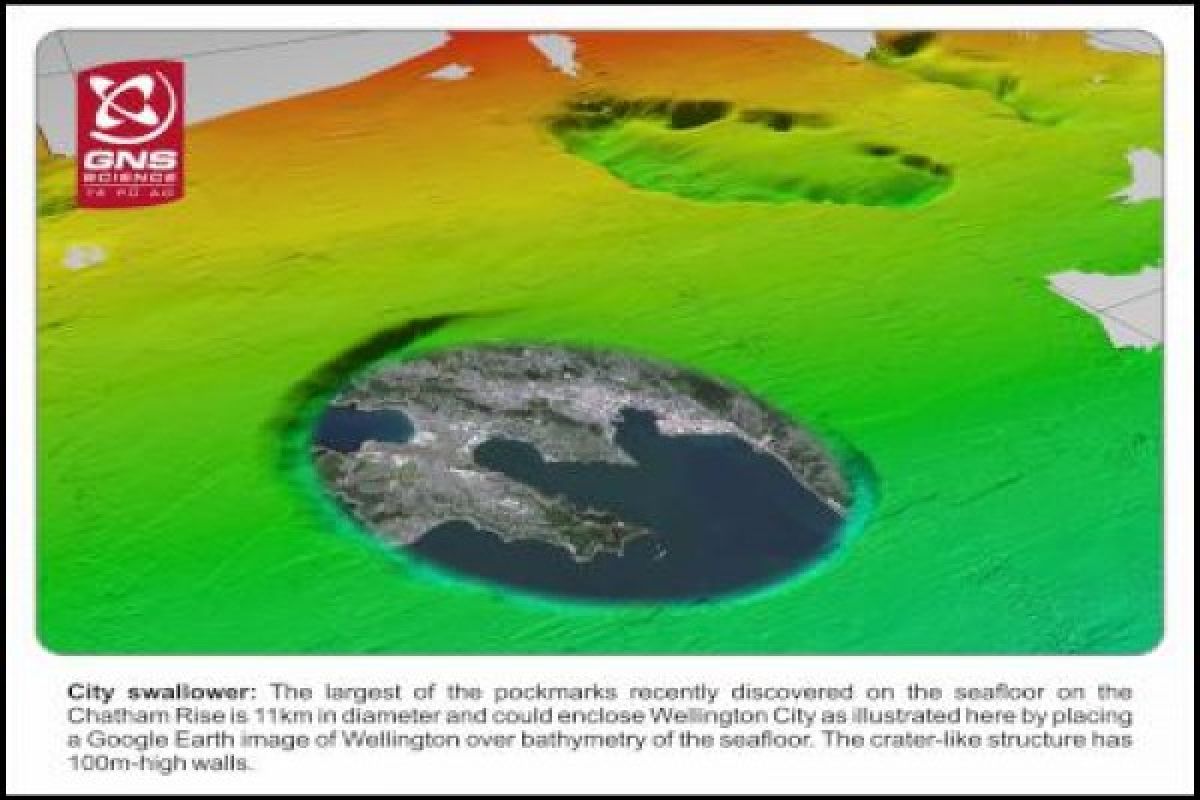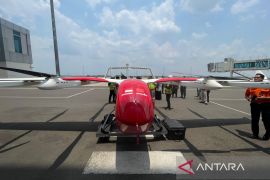Previously, all gas venting sites have been in deeper water and associated with large earthquake faults."Wellington (ANTARA News/Xinhua-OANA) - New Zealand and German scientists have found a major network of frozen methane and methane gas, causing underwater landslides and releasing greenhouse gases, in the ocean off New Zealands east coast.
The 16-strong team used 3D and 2D seismic technology to map the methane in an area off the North Island known to have landslides up to 15 km long and 100 meters thick, according to New Zealands National Institute of Water and Atmospheric Research (NIWA).
They found the 99 gas flares in an area of 50 square km area venting from the seafloor in columns up to 250 meters high, making it the densest concentration of gas vents known in New Zealand.
The hydrate and gas field varied from others known in New Zealand, NIWA marine geologist Dr. Joshu Mountjoy.
"Previously, all gas venting sites have been in deeper water and associated with large earthquake faults," Mountjoy said in a statement Monday.
"Methane is a very effective greenhouse gas and seabed methane release has the potential to dramatically alter the earth climate. As ocean temperatures change the methane hydrate system has the potential to become unstable."
The occurrence of very large slow landslides, rather than catastrophic ones, had major implications for the tsunami generating potential of landslides globally.
"This type of slow moving submarine landslide is essentially unknown around the world, but it is very likely that they do occur widely and are an important process shaping continental margins," said Mountjoy.
(U.C003)
Editor: Priyambodo RH
Copyright © ANTARA 2014












